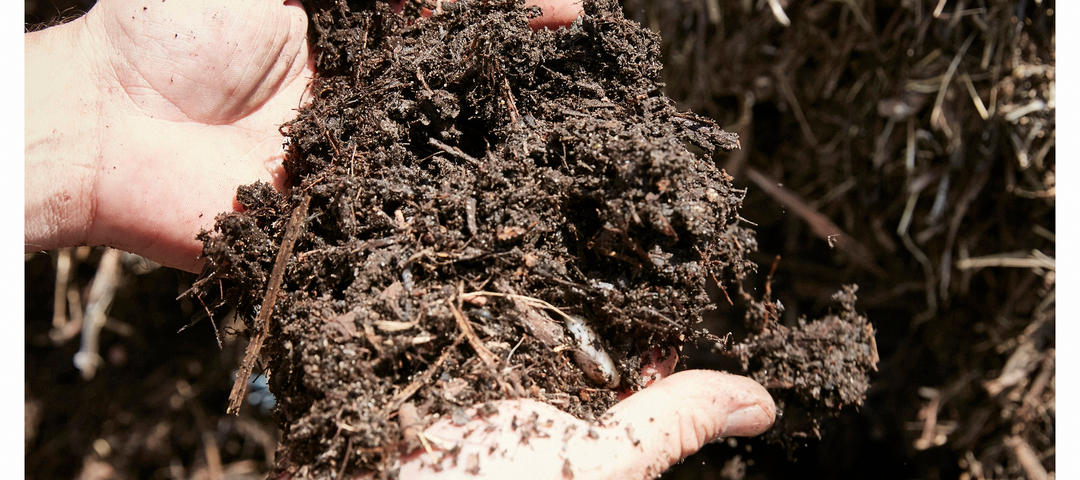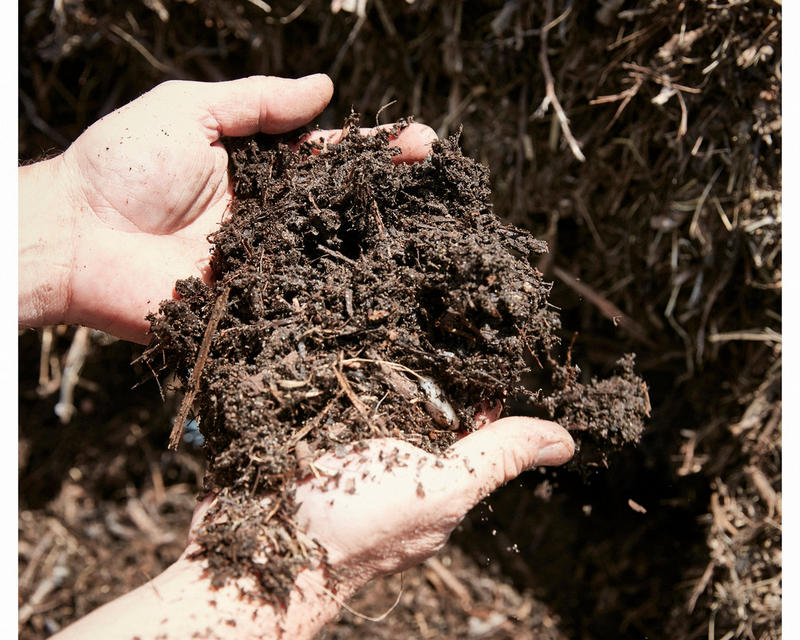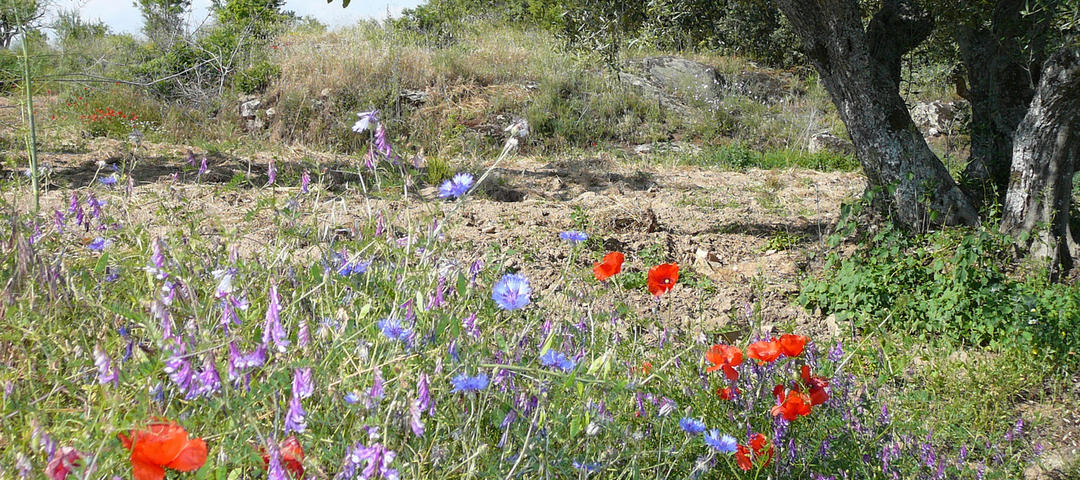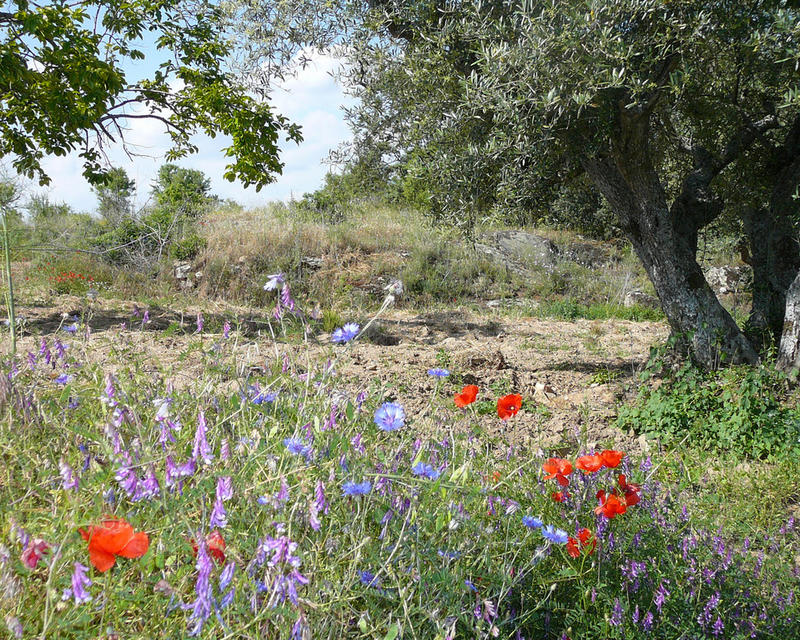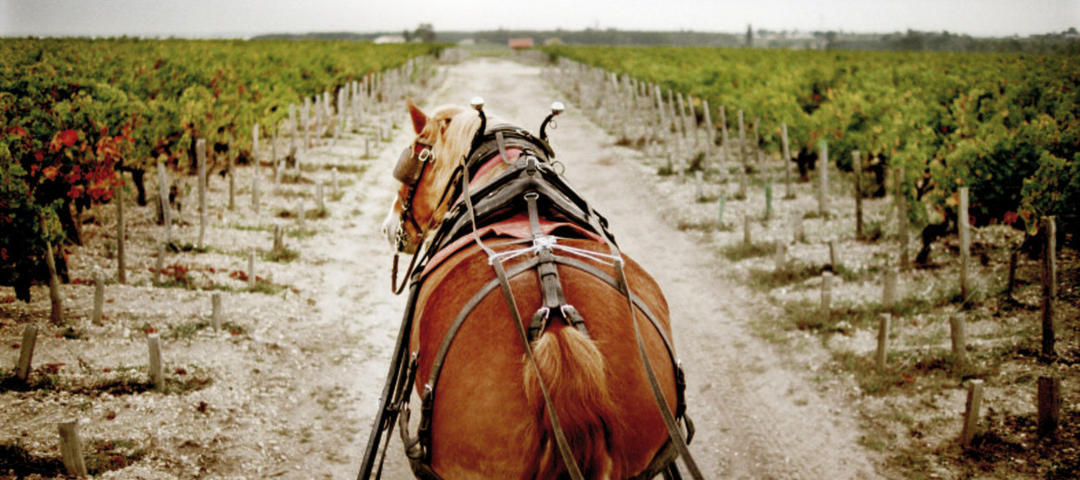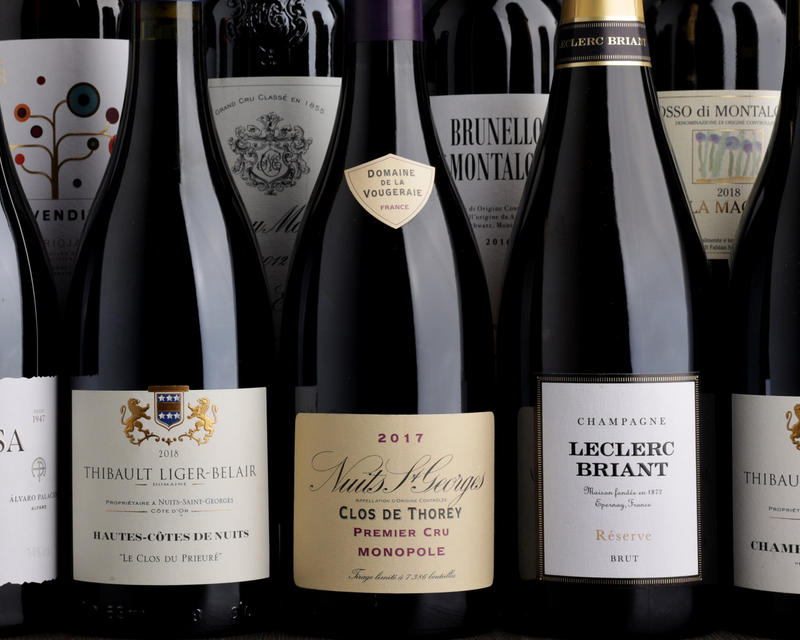Home > Editorial > What makes a wine sustainable?
FIVE-MINUTE READ
Barbara Drew MW takes on this tricky question, looking at the myriad factors that affect a wine’s environmental impact.
Sustainability: a huge, catch-all term – and one that is increasingly in the spotlight. But what do wine producers really mean when they say they are “sustainable”? And what are the key elements that you, as a consumer, need to be aware of?
There are many levels of sustainability, with certifications such as organic and biodynamic, as well as a balanced approach called Integrated Pest Management (otherwise known as IPM). But these terms alone won’t tell you, truly, how sustainable a wine is. And they certainly won’t tell you whether a wine is any good. Here, we break it down.
The word sustainability instantly conjures images of vineyards flooded with colourful wildflowers, birds, soil teeming with life. But this is just one aspect of a sustainable vineyard and winery operation. In reality, a sustainable approach to winemaking should consider (at the very least) the health and biodiversity of the vineyard, water usage (both in the vineyard and winery), plastic usage and the overall carbon footprint of the grape-growing, winemaking and transport process. Each of these areas contains its own debates, discussions and complexities, and – depending on the approach taken – can add considerably to the cost of producing a bottle of wine.
It starts with the soil
When talking about sustainability and vines, it is important to remember that vines live for a long time. It is one reason why there are so many family companies in the wine business – this is a long-term venture. And, while vines do not require lots of nutrients, vineyards have a long potential life span (some vines in Australia are over 125 years old). If the soil starts to decline, the vines can’t simply be uprooted, so ensuring the long-term health of the soil is vital for the future of the vineyard.
Furthermore, healthy soil tends to have a far better physical structure – it is less susceptible to erosion, which can cause huge damage in local watercourses. Finally, healthy soil tends to have greater biodiversity. Indeed, some researchers argue that it is the microbes in the soil that have a defining effect on the taste of a wine.
Given the importance of soil, the most careful vignerons ensure they tend to it as fastidiously as they look after their plants. This involves considering not just the soil around the vines, but between the rows as well.
For example, on many larger scale vineyards, farmers will use herbicides to remove any weeds or plants growing between the vines. Weeds can make the vineyard slippery when tractors pass through, they can hide pests that may nibble on your vines or grapes, and they compete with the vines for nutrients and water. In cool climates, vegetation in your vineyard can also increase potential frost damage. Overall, having other plants apart from vines in your vineyard is likely to reduce your yield.
However, for those who choose to keep this vegetation in the vineyard, the benefits are subtle but broad – the roots of these weeds will help to stabilise soil, reducing erosion and loss of nutrients. Furthermore, if you plant legumes such as peas and mustards between your vines, they will fix nitrogen in the soil, reducing the need for additional fertiliser inputs in the vineyard.
As with so many decisions in grape-growing and winemaking, there is a balance; biodiversity may lead to a healthier and longer-lived vineyard, but at the potential cost of a portion of your crop each year, lost to pests or frost damage.
Beyond the Vineyard
It is very easy to focus almost entirely on the vineyard when it comes to sustainability discussions in wine. However, many of the changes that the most dedicated winemakers are making happen further down the production chain – in the winery and beyond.
Wineries use a significant amount of water and electricity during harvest – the former for cleaning tanks and presses, the latter for keeping tanks cool during fermentations. Those winemakers looking to reduce their carbon footprint may well experiment with solar panels on the winery roof. Others look to the past for inspiration – burying fermentation vessels in the ground for natural temperature regulation, for example.
Packaging is also a key area where winemakers can make sustainable choices. The glass bottle itself can contribute nearly 50% to a wine’s carbon footprint. Too often wineries will shout about the biodiversity in their vineyards and how sustainable they are, then let themselves down with immensely heavy glass bottles. Contrary to popular belief, size really doesn’t matter when it comes to your bottle.
A matter of taste
But perhaps the most pertinent question is not how do you manage your undervine weeds or even whether your winery runs entirely on renewables, but do these decisions affect the wine?
The short answer here is no. There is, in theory, no reason that a well-made wine – with a small selection of pesticides and fungicides used as needed in the vineyard – should taste any different to a biodynamic wine made with a minimal carbon footprint. None of the vineyard inputs directly affect the flavour of the grapes.
In reality, though, the care taken on the land often translates into healthier or more intensely flavoured fruit, and wine which ultimately tastes better. If wine is made with a view to sustainability – in the vineyard and winery, but also the long-term future of the brand itself – then it makes sense that producers will aim to make the best wine they can. They are unlikely to compromise on quality for short-term gain. The result is wines that sing, and that truly reflect their terroir.
Sadly, it should be said that not all sustainable wines are good. There are poor, faulty or downright disgusting wines in the world which hide behind their approach in the vineyard. Sustainability can never be an excuse for poor winemaking. Done properly, sustainable approaches should result in delicious wines that are the epitome of their grapes and soil.
How to choose the most sustainable wine
Organic or biodynamic are not, in themselves, solutions to all of the ills in the vineyard and winery. But they are a step in the right direction, and usually an indication that the grape grower and winemaker are considerate of the environment and their impact.
Alas, the bureaucracy and rules around organic and biodynamic farming mean that many winemakers who are doing wonderful things in the vineyards cannot be certified. Perhaps their neighbours choose to spray synthetic pesticides; maybe they refuse to pay the premium to use biodynamic approved yeasts in the winery; maybe the weather was so bad one year that they needed one application of anti-botrytis spray to stop their entire vineyard succumbing to grey rot.
Ch. Pontet-Canet, in Bordeaux, is one such example – their conversion to biodynamics was interrupted by terrible weather in 2007, necessitating spraying against rot. Given winemaking is such a long-term venture, a long-term view of sustainability and an element of pragmatism is needed – quick fixes that result in ruin for the winemaker help nobody in the long-term. Despite their set-back, Ch. Pontet-Canet became fully certified as biodynamic in 2014 and are now a standard-bearer for sustainable practices in Bordeaux.
Still other wineries refuse to seek formal accreditation at all, as the demands and inspections are simply too onerous. Accreditation and the use of a biodynamic logo on your label can cost many thousands of pounds per year – for small wineries, these fees can be prohibitive.
Asking questions
So where does this leave the consumer? Just as in a restaurant where the most reliable way to ensure you get a bottle of wine that you want is to talk to the sommelier, the best approach in buying a sustainable wine is to talk to your wine merchant. Tell them what you are looking for. Ask probing questions. If you want an organic or biodynamic wine, say so. If you want to understand what the winemaker is doing to reduce their impact on the environment, to limit water waste or minimise their carbon footprint, ask. Even asking these questions has a positive impact.
And it’s certainly a conversation worth having.




